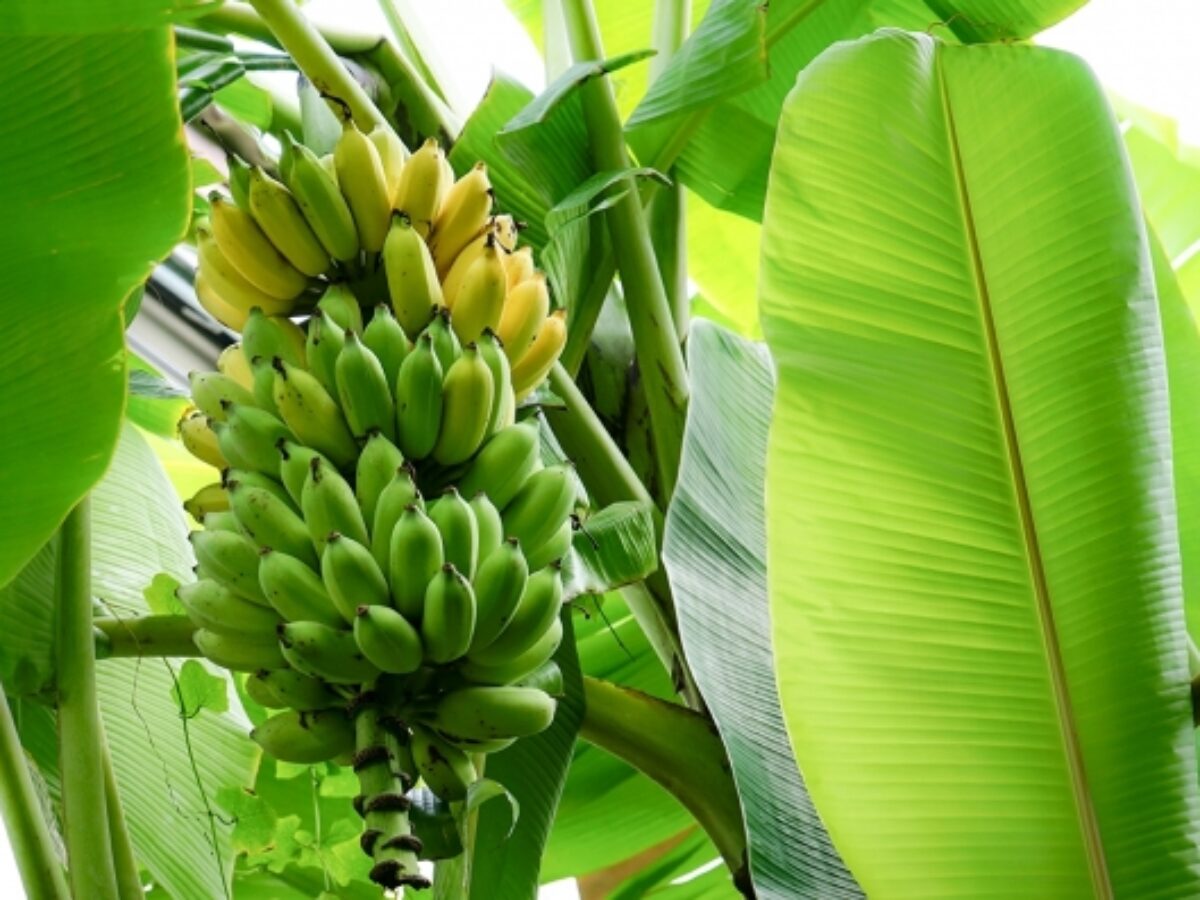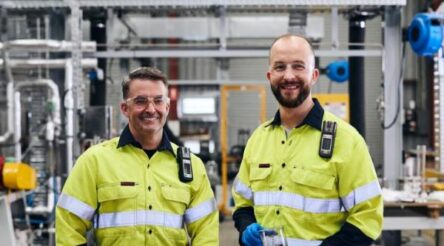Pseudostems to real packaging: researchers find new use for banana waste

Two University of NSW researchers are looking to commercialise research using banana harvest waste to create packaging material that is recyclable, biodegradable and non-toxic.
Chemists Associate Professor Jayashree Arcot and Professor Martina Stenzel have used bananas grown at Sydney’s Royal Botanical Gardens to examine ways to use of material that is usually discarded. Arcot said about 12 per cent of a banana plant – which dies after harvest – is used, with the rest thrown away.
The researchers extracted nanocellulose from the plants’ “pseudostems,” which are 90 per cent water. The stems were dried, milled, and chemically washed to extract the material, which has a variety of potential applications, and had a similar consistency to baking powder once processed.
“One of those applications that interested us greatly was packaging, particularly single-use food packaging where so much ends up in landfill,” said Stenzel in a statement.
“There are some options at this point, we could make a shopping bag, for example,” added Arcot.
“Or depending on how we pour the material and how thick we make it, we could make the trays that you see for meat and fruit. Except of course, instead of being foam, it is a material that is completely non-toxic, biodegradable and recyclable.”
According to the university, tests showed the material could be recycled three times without a change in its properties.
Industrial use would depend on the banana industry processing pseudostems and selling the powder to packaging makers, as well as for packaging companies to invest in new processing machinery.
Stenzel said industrial partners were being sought to scale up the work and drive production costs down.
Picture: Shutterstock
Subscribe to our free @AuManufacturing newsletter here.
Topics Manufacturing News
@aumanufacturing Sections
Analysis and Commentary Awards Defence Manufacturing News Podcast Technology Videos










